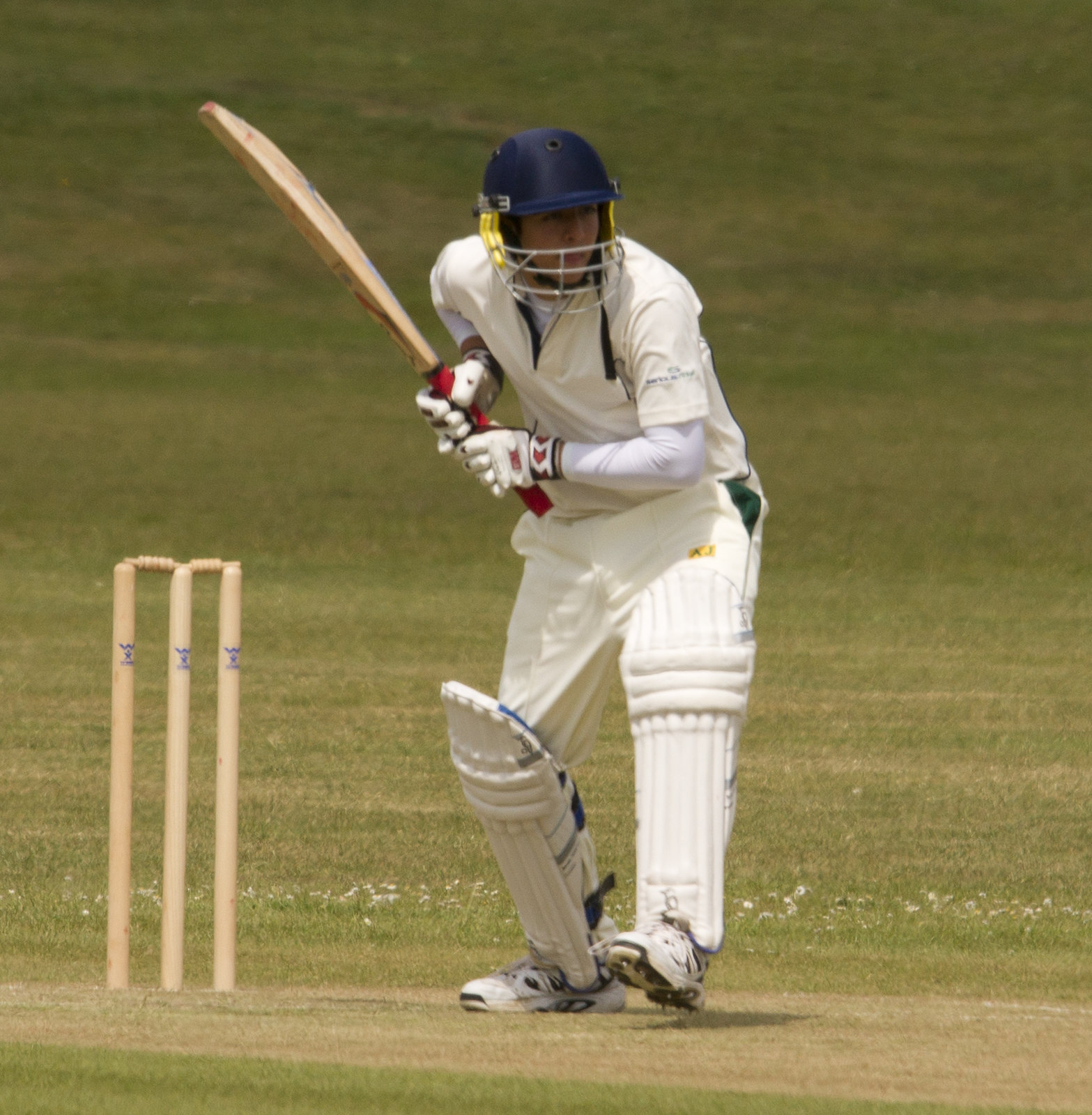Out of the Ashes of Colonialism
Cricket in the Middle East

Over the past few years, media coverage of cricket in the Middle East has increased as the sport continues to gain popularity and prestige in countries not traditionally associated with cricket. Oman qualified for the T20 World Cup in 2020, beating out much more experienced teams from Afghanistan and Canada. T20 (Twenty20) is a shortened format of the match that takes approximately 2-3 hours to complete. Compared to traditional cricket competitions that can take up to five days, the T20 format has been instrumental in the spreading popularity of the sport. Saudi Arabia has created its own national cricket championship, in which teams from around the country compete. Additionally, the United Arab Emirates hosted the T20 Cricket World Cup in 2020. Though the recent surge of exposure in the past few years would lead one to assume that cricket is a new phenomenon in the region, the sport has a lengthy history in the greater Middle East and South Asia.
Pakistan has been a full member of the International Cricket Council (ICC) since 1952 where the sport predates the inception of the country in 1947. Pakistan boasts wins in many international competitions and cricket is considered the most popular sport in the country. In addition to popularity at the professional level, cricket is played locally in many towns across the country and in schools. As of 1997, Pakistan also has a women’s cricket team that competes internationally. This all makes sense given the longstanding history and popularity of cricket in India, which was united with Pakistan under British India until 1947. Cricket, first introduced into the region by the British, has been a staple of Indian culture since the 19th century. In many ways, it is a quintessentially British sport, generally believed to have been played in the area since the medieval period. It is somewhat unsurprising, then, that many of the places where cricket enjoys popularity were previously occupied by the British or under British rule. This includes Oman, Kuwait, Pakistan, and India, as well as places like Australia, New Zealand, and South Africa. Thus, cricket occupies an interesting space as a vestige of colonial rule that now, in self-governed countries, seems to have become an area of national pride and cohesion.
But as would be expected in a politically volatile part of the world, even cricket has come under attack by militant groups who see the sport as a relic of colonialism. On March 3, 2009, the Sri Lankan cricket team, which was in Pakistan for an international competition, came under attack as they made their way through Lahore to the Gaddafi Stadium. Twelve men believed to be from the Lashkar-e Jhangvi, a militant jihadist organization based in Afghanistan, opened fire on the bus carrying the Sri Lankan athletes. In the attack, six members of the team were wounded, and six Pakistani policemen and two civilians lost their lives. This attack hugely damaged the world’s perception of Pakistan and traumatized the entire international cricket community. The country was banned from hosting international cricket matches for ten years, until 2019, when the Sri Lankan team returned to Pakistan for a friendly competition. “We firmly need cricket here as a nation,” said Kumas Sangakkara, president of the Marylebone Cricket Club (MCC), one of the world’s oldest cricket clubs and the sport’s original governing body. The sport is a cornerstone of Pakistani community and a source of national pride, both of which were damaged in the wake of the attack. Not only this, but the country suffered financially as all the revenue that the sport brought in vanished. The team had to play their matches in the UAE and after a few years, there were players on the team who had never played a match on their home soil.
When it comes to cricket, there is a complex relationship between sport and nationhood. In 1963, Trinidadian thinker and intellectual C.L.R. James published a book called Beyond a Boundary, which among other things, is an in-depth commentary on the role of cricket in public and national life, as well as the game’s impact on aspects of life outside of the playing field. James claims that “when the common people were not at work, one thing they wanted were organized sports and games.” His argument is interesting because he does not insist that the common people’s love of sport diminishes their interest in aesthetics or culture, but in fact, organized sport is integral to these ideas. The “fundamental relation of the one and many, individual and social, individual and universal, leader and followers, representative and ranks, the part and the whole,” he writes, “is structurally imposed on the players of cricket.”
One can view the increased interest in the sport and success on the playing field as indicative of a population’s interest in the affairs of their country and their role as citizens. In this way, a sport that was originally introduced by the British has become integrated into the various nations’ sense of self and represents an exciting opportunity for international recognition and success.
MAGGIE FARREN is the Editorial Assistant at Mizan.


